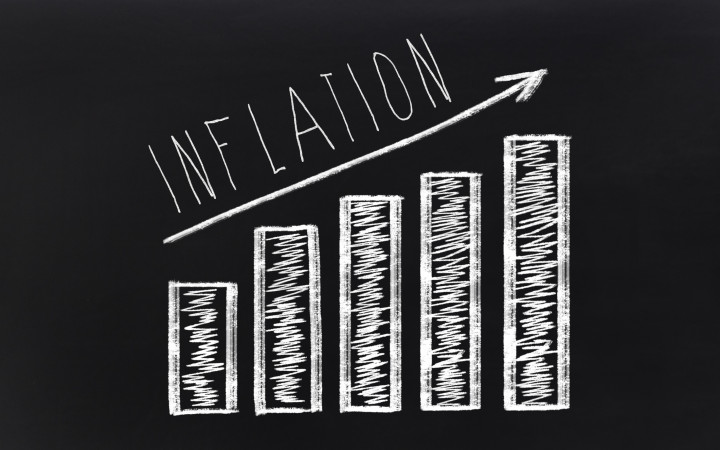Today’s Wonder of the Day was inspired by Jessica. Jessica Wonders, “What is inflation?” Thanks for WONDERing with us, Jessica!
Have you ever heard an adult say that things used to cost less when they were kids? They may point to the prices of food, gas, or clothes and say they’re getting more expensive. And they’d be right! What’s to blame for these rising prices? In large part, they’re due to inflation.
What is inflation? You may have learned about this economic term in school. Basically, inflation happens when money loses value. That causes the prices of goods and services rise. People have to pay more money for the things they buy.
This happens across all types of currency. Whether you spend dollars, pesos, pounds, rubles, yens, or another type of money, you’ll have to worry about inflation. It affects everyday people by raising the cost of living. That’s the cost of paying for everyday items, like housing, food, and transportation.
What causes inflation? Many factors can influence the rise and fall of money value, but inflation has two main causes. The first is demand-pull inflation. When demand for products becomes much larger than the supply, it pushes prices up. The other cause is cost-push inflation. That’s when demand stays the same, but supply drops. This also causes goods to become more expensive.
Inflation is why prices of goods and services have constantly risen over time. How big is the impact of inflation? To measure the effect, experts use a tool called the Consumer Price Index (CPI). It records the prices of 80,000 items each month to measure inflation. According to the CPI inflation calculator, an item that cost $1 in 1920 would be $13.37 in 2020!
Inflation can also be temporary or only affect certain locations. For example, after a natural disaster, the prices of goods in the affected area can soar. This is an example of cost-push inflation. Demand for things like food and gas in the affected area will probably stay the same. But the supply may drop due to difficulty in getting goods to the location. This will cause rapid inflation that makes it difficult for people to purchase the items they need. It may be temporary, but it still makes life harder in the days and months following a disaster.
In the United States, the Federal Reserve (Fed) pays close attention to inflation. The Fed is the central bank of the U.S. It creates monetary policy. That includes interest rates and money supply. The Federal Reserve tries to manage inflation through its decisions regarding these policies.
Can you think of any items that get more expensive every year? Inflation often happens very slowly. When you look at price changes over decades, it’s obvious. But it’s harder to detect from year to year. You’ll need to pay close attention to notice!
Standards: C3.D2.Eco.5, C3.D2.Eco.11, C3.D2.Eco.12, CCRA.L.3, CCRA.L.6, CCRA.R.1, CCRA.R.2, CCRA.R.4, CCRA.R.10, CCRA.SL.1, CCRA.R.1, CCRA.R.2, CCRA.W.2, CCRA.W.9, CCRA.L.1, CCRA.L.2, CCRA.SL.1, CCRA.SL.1




